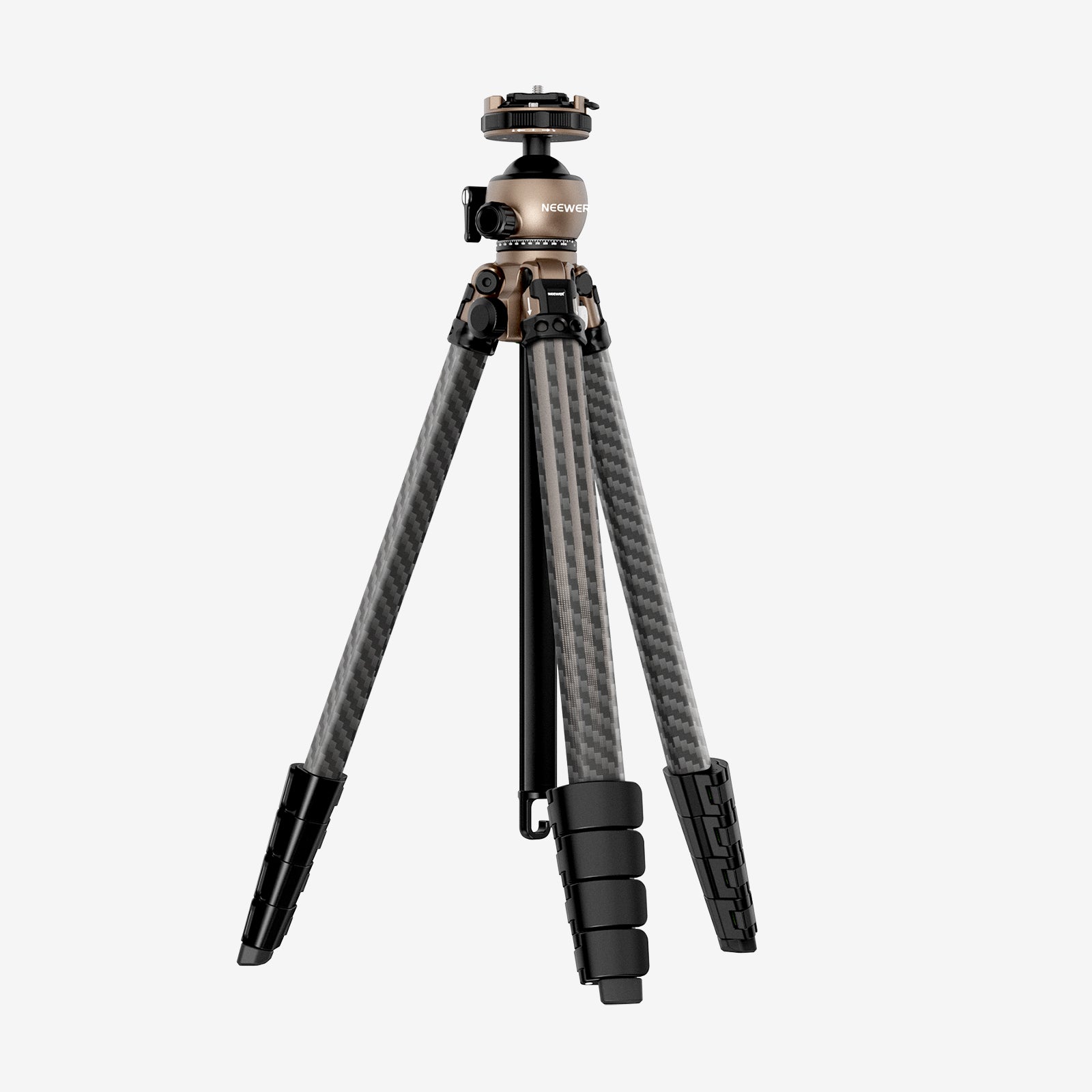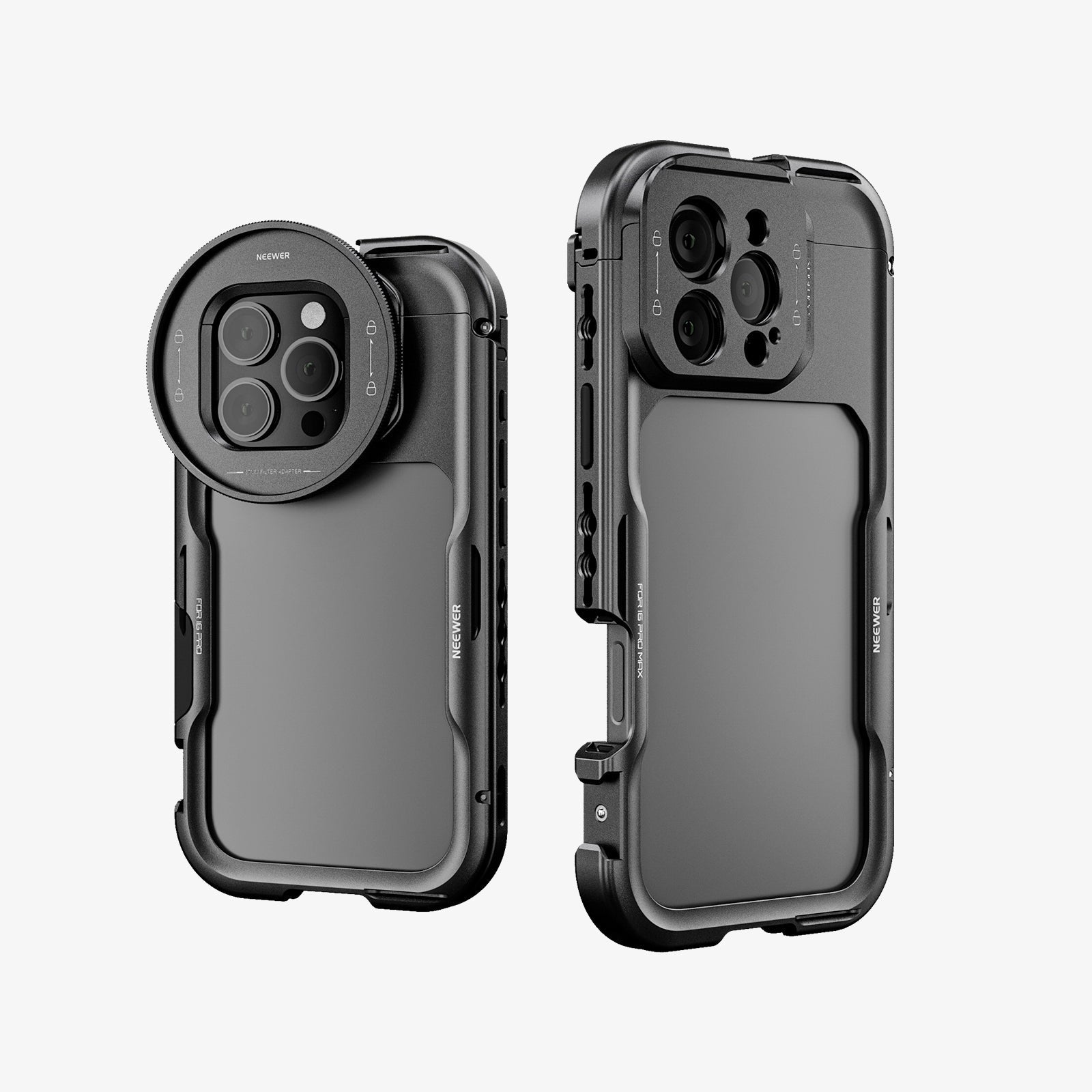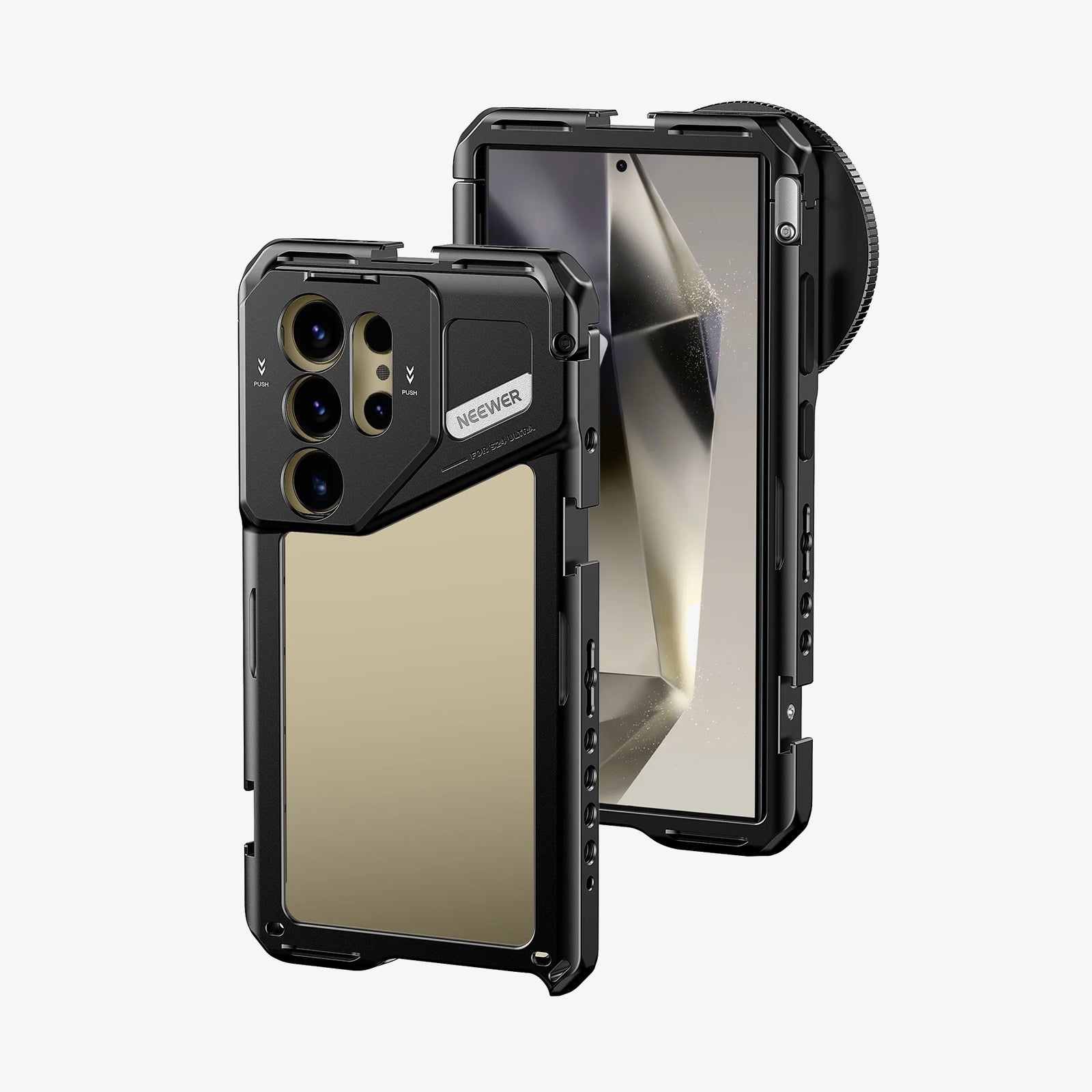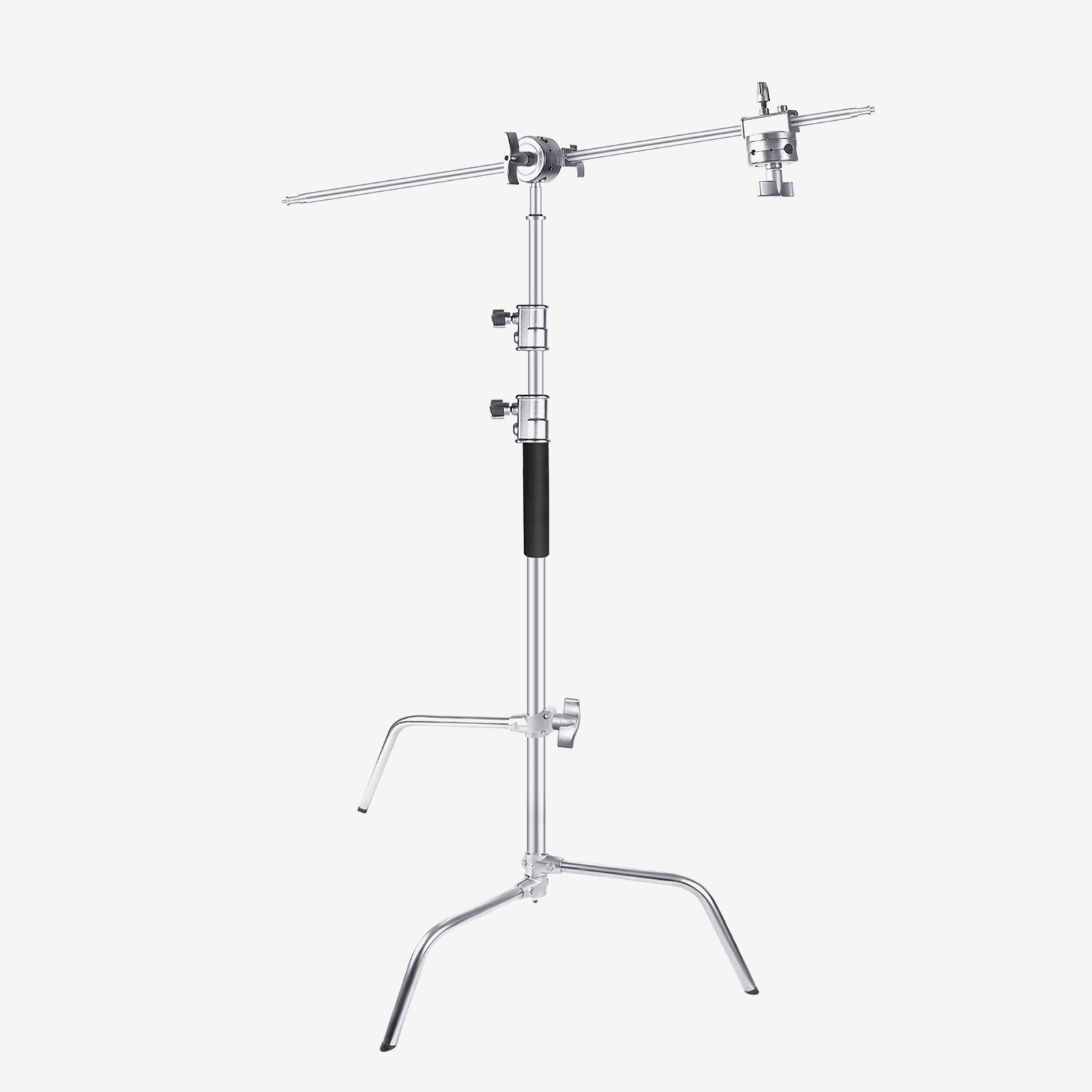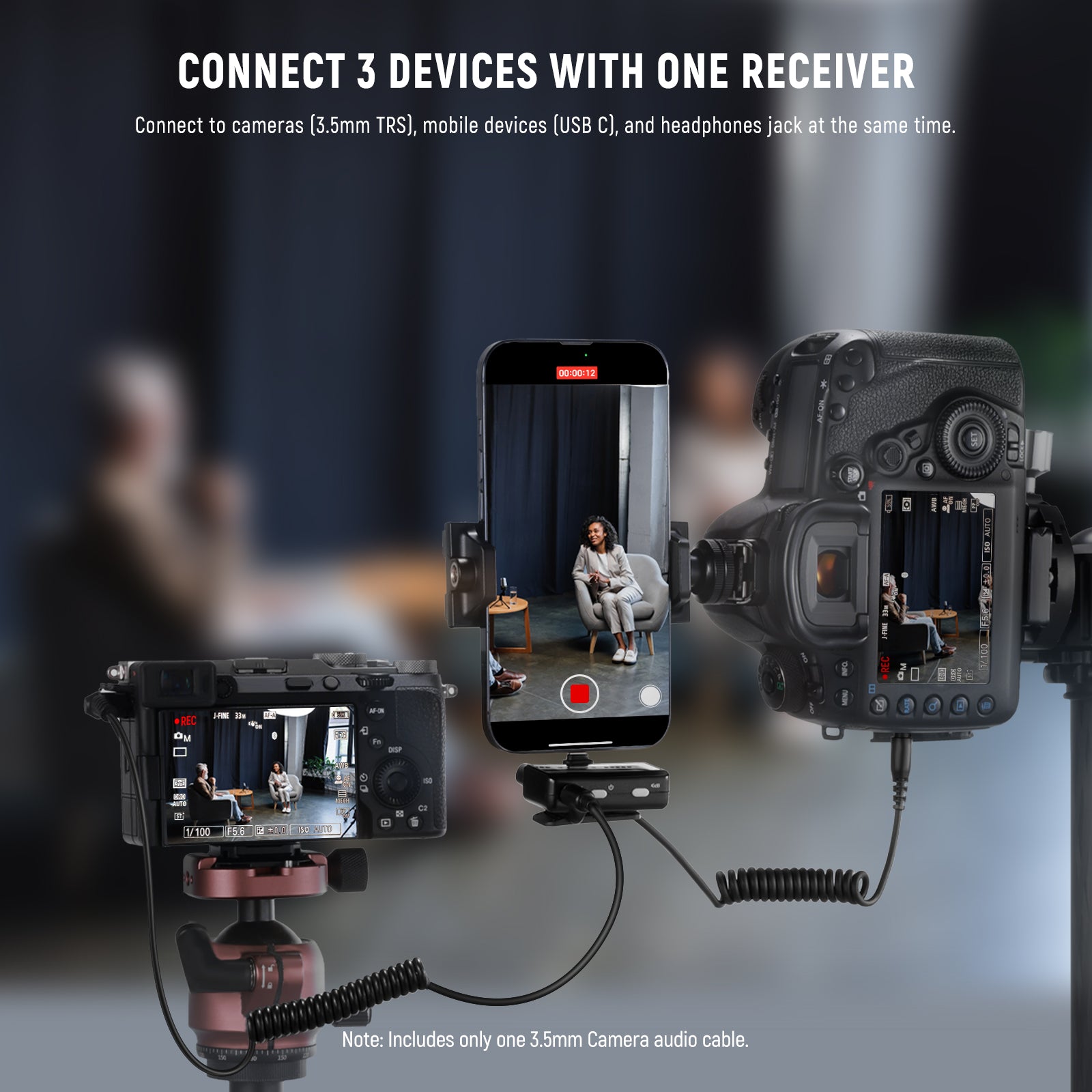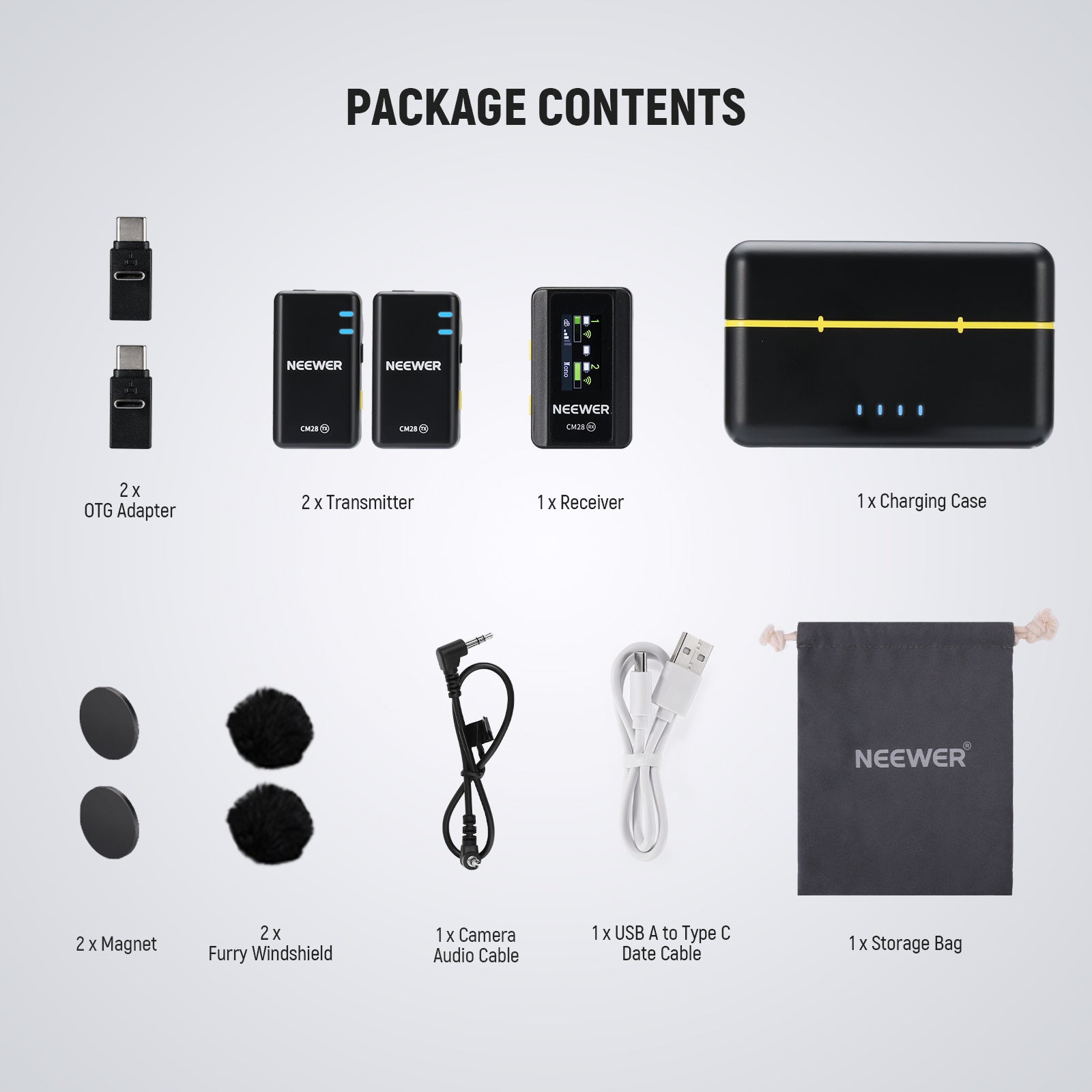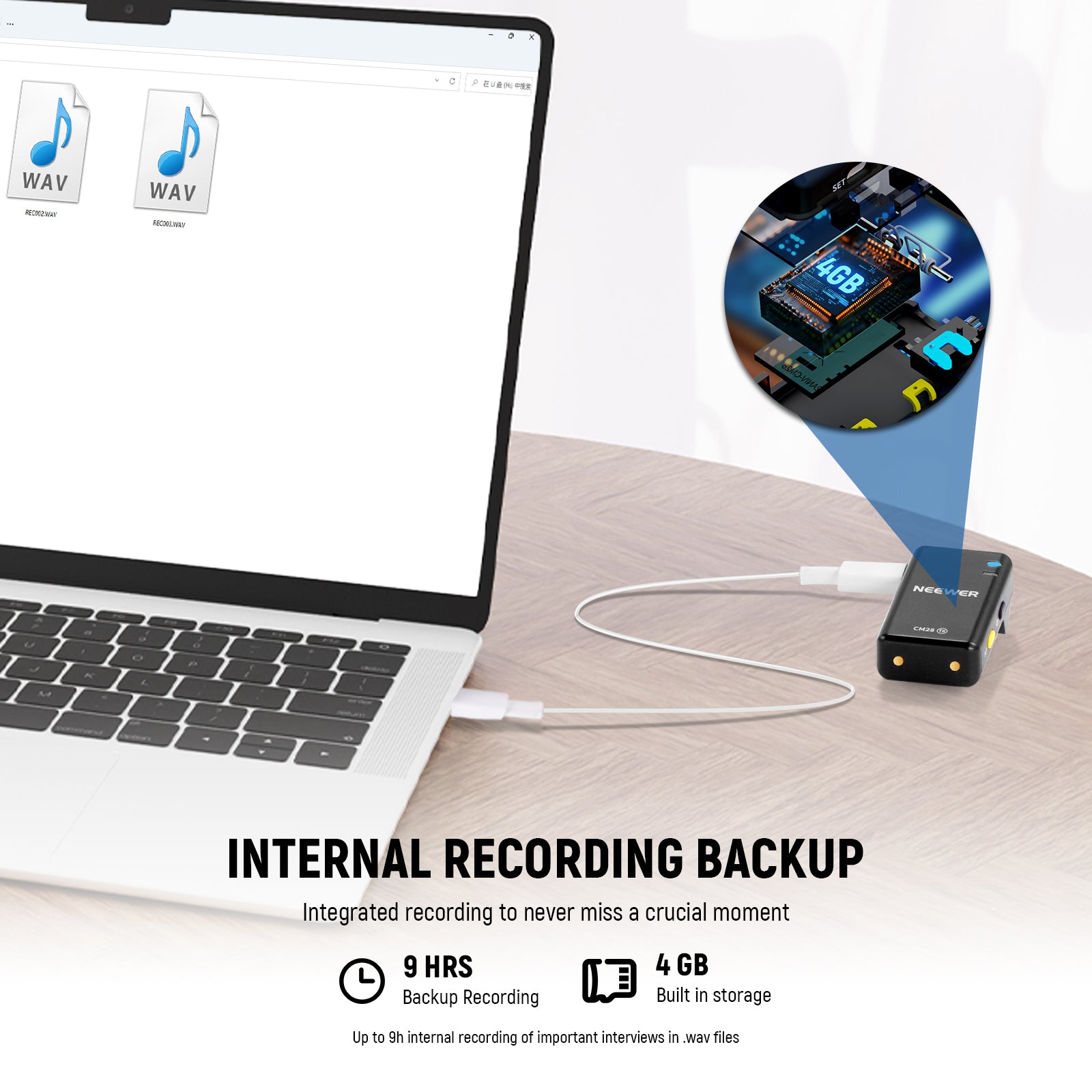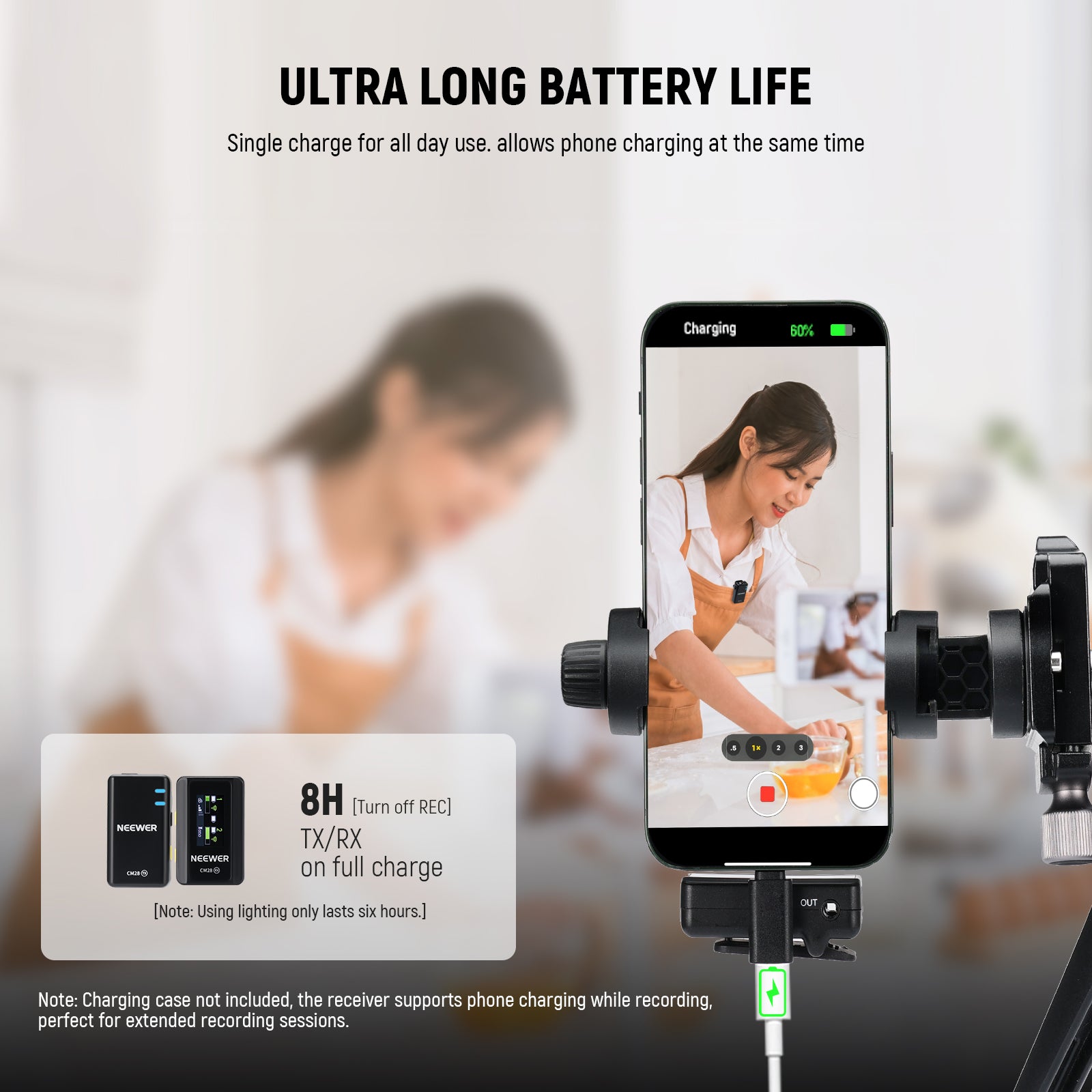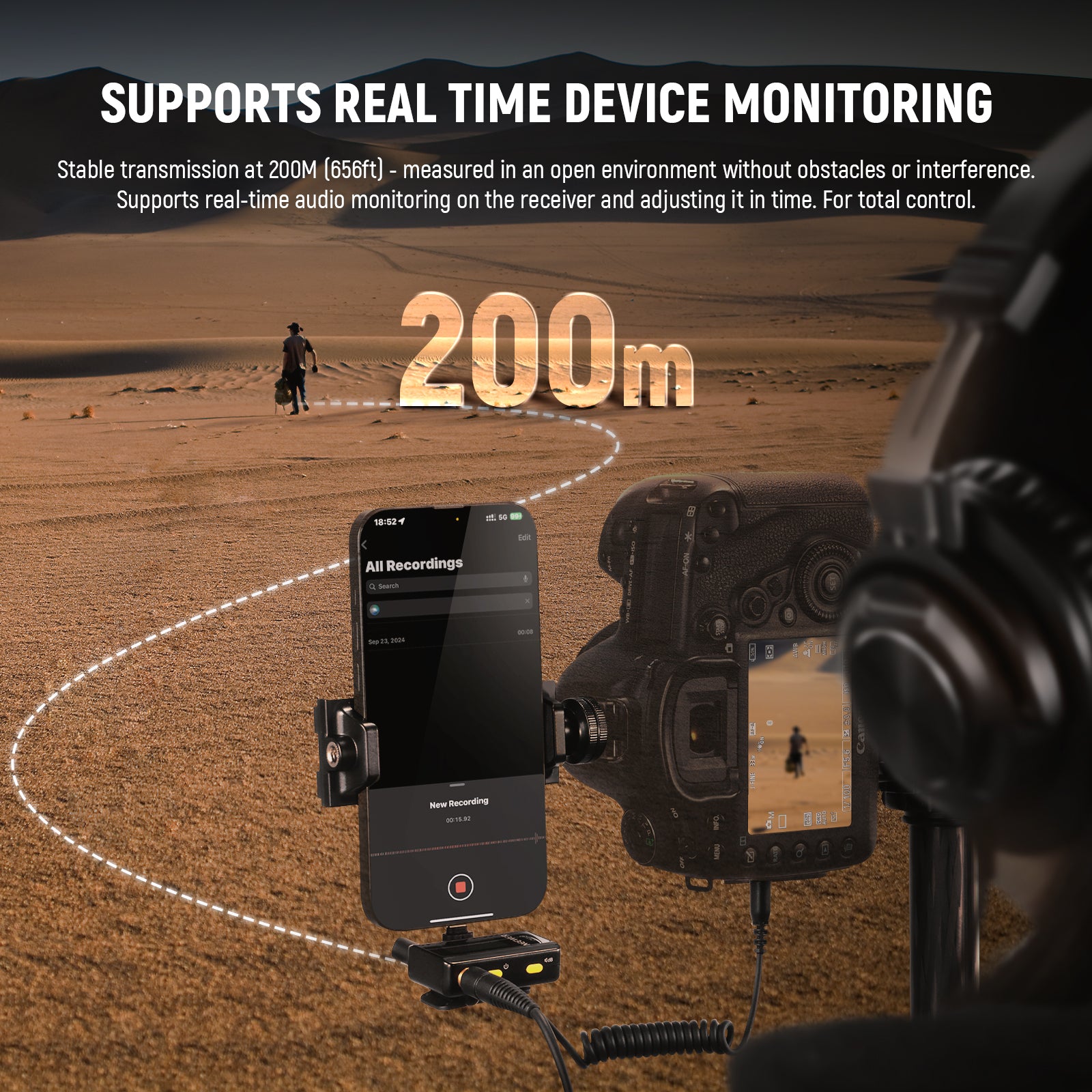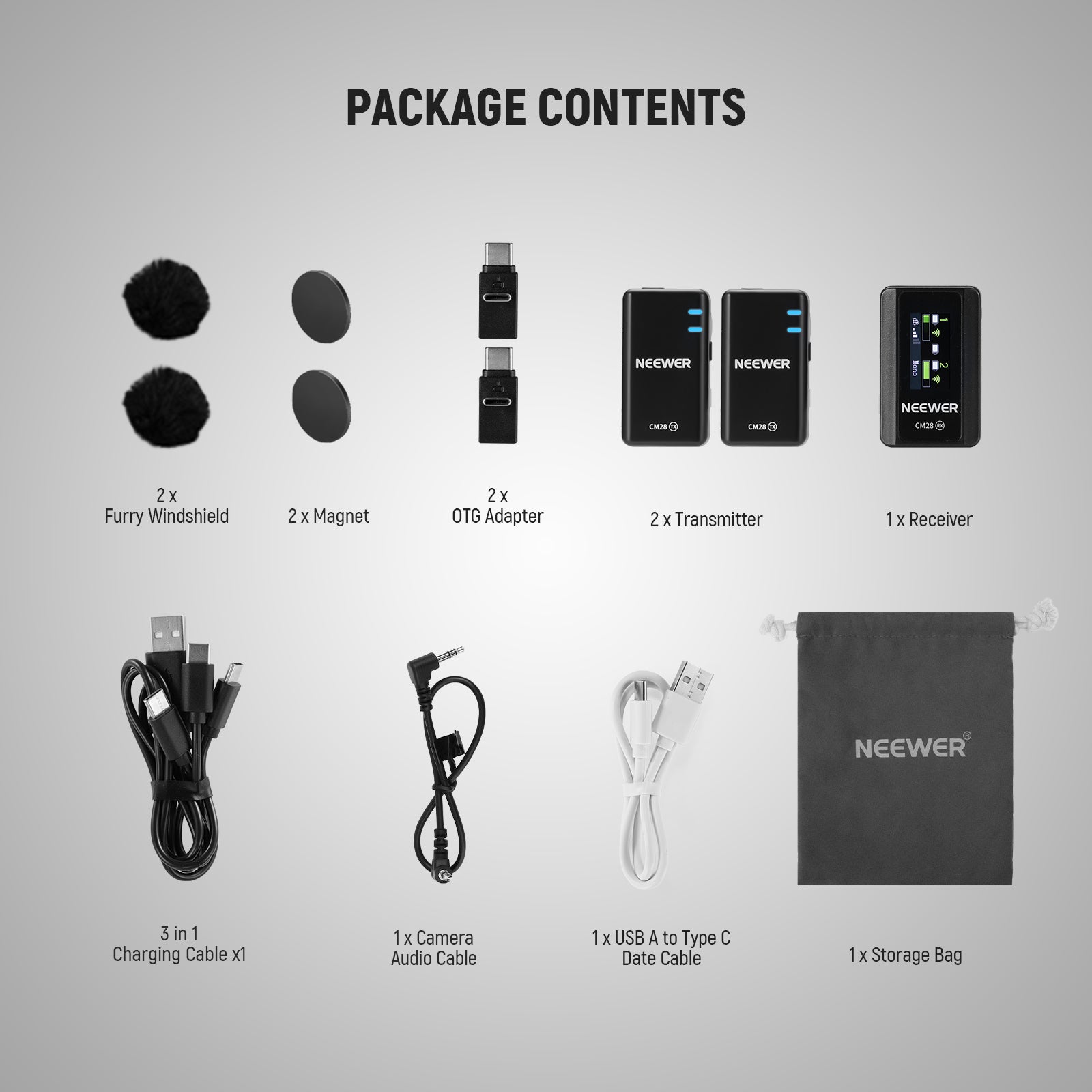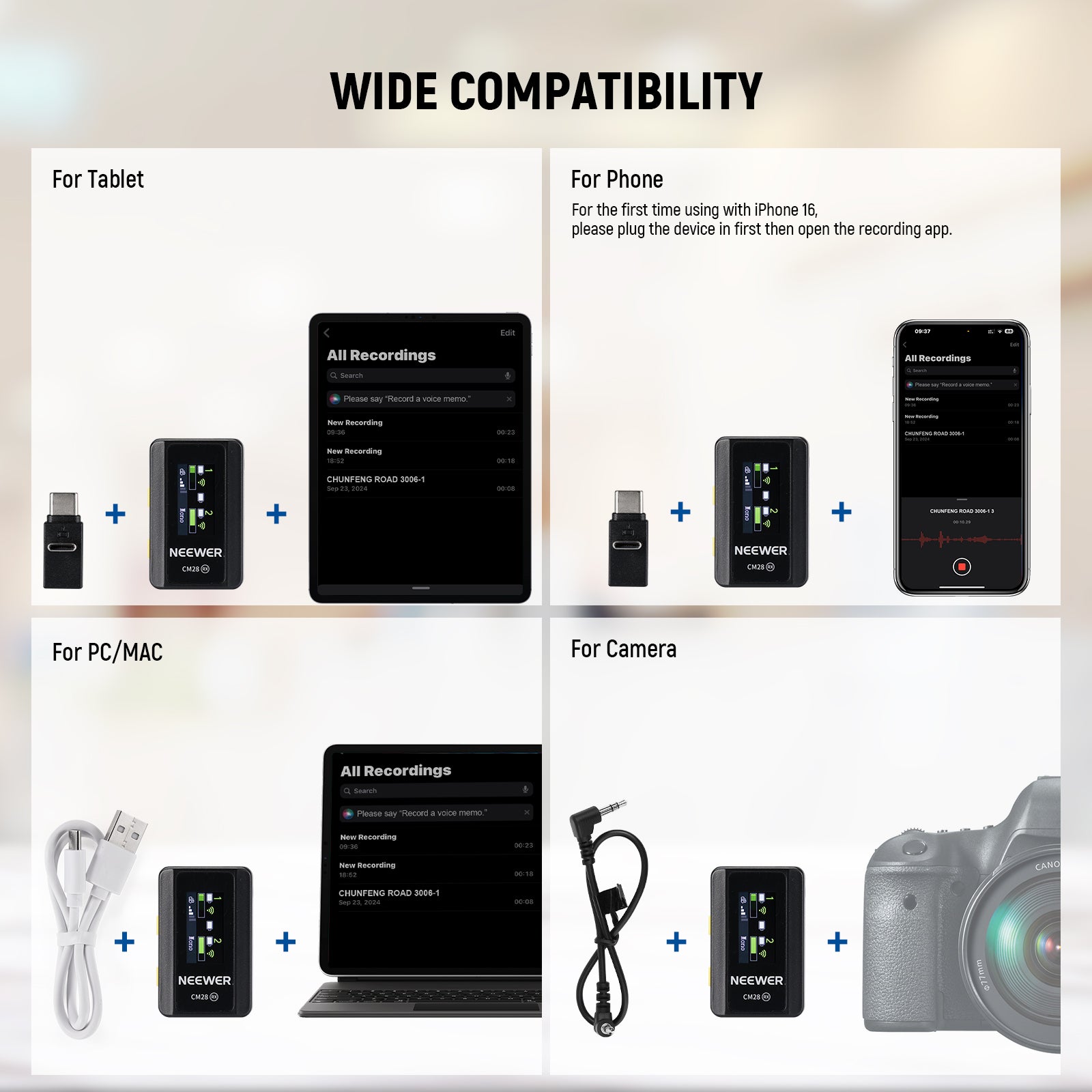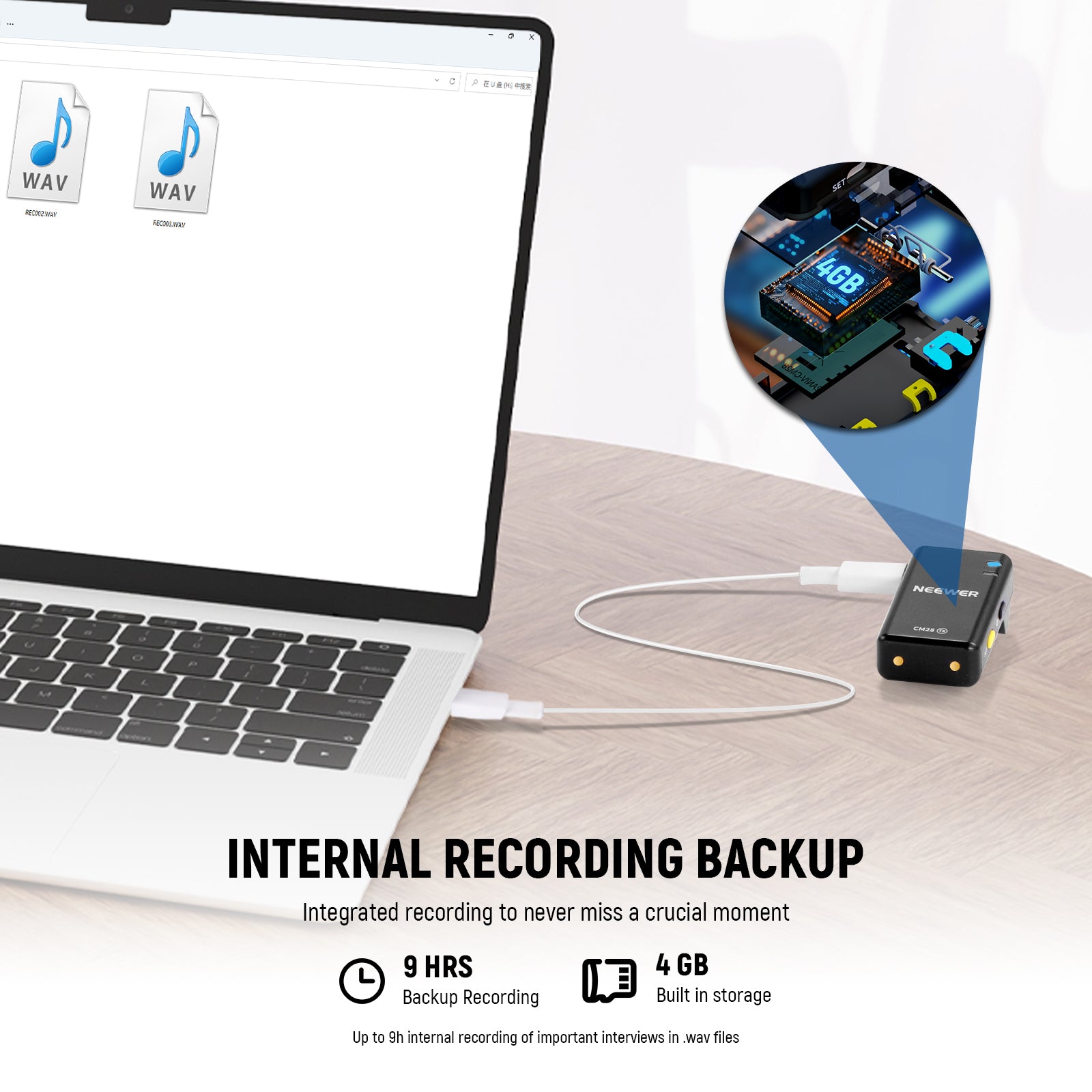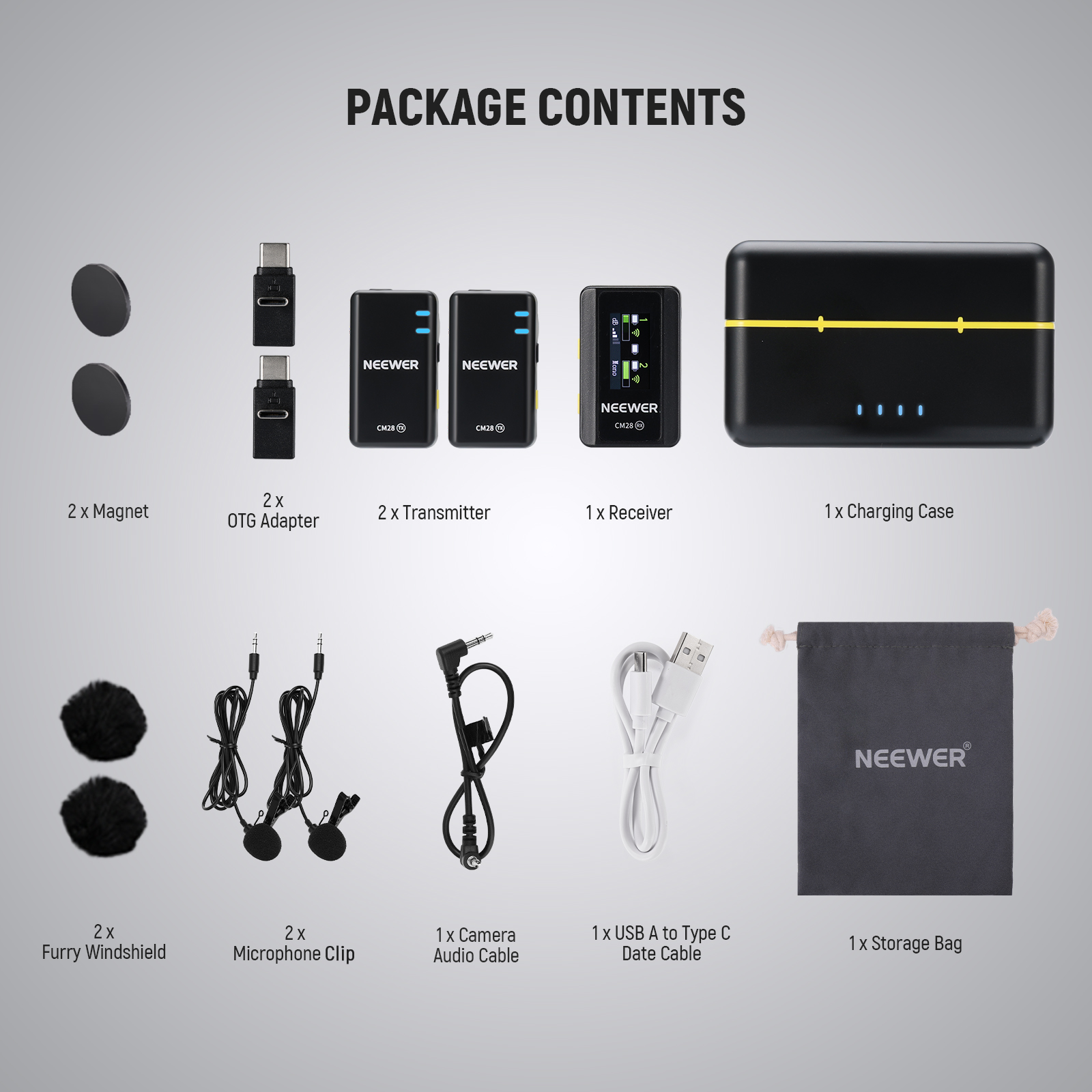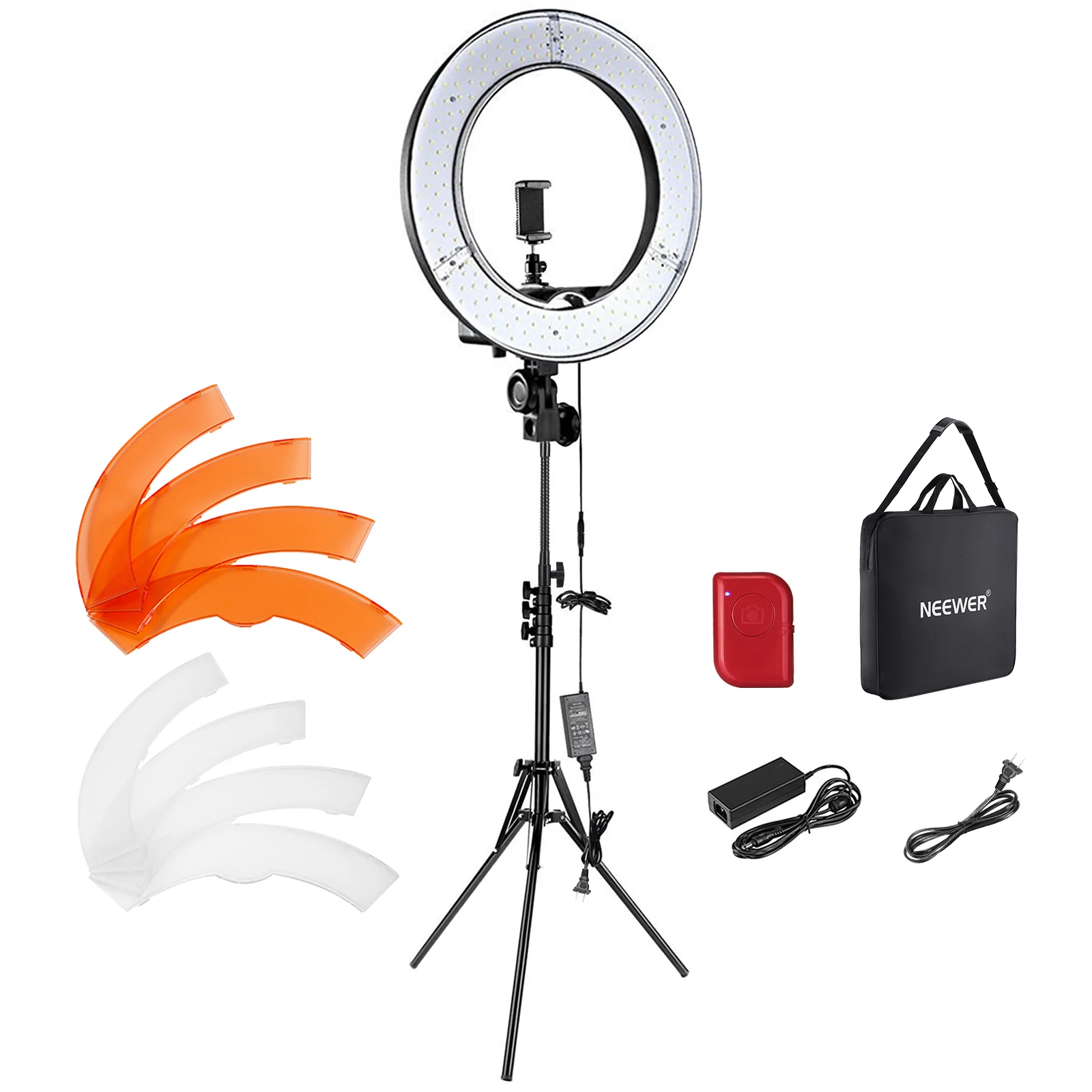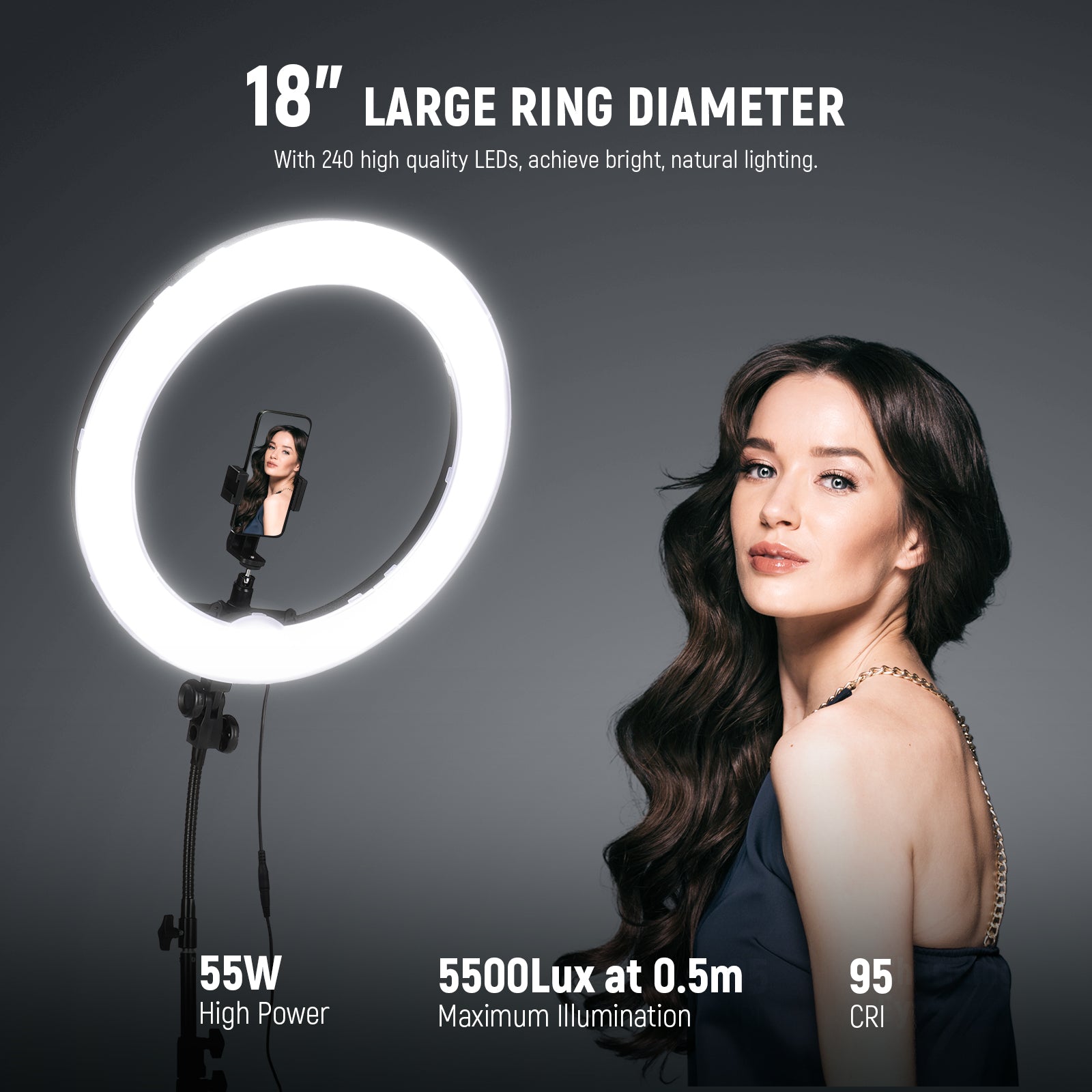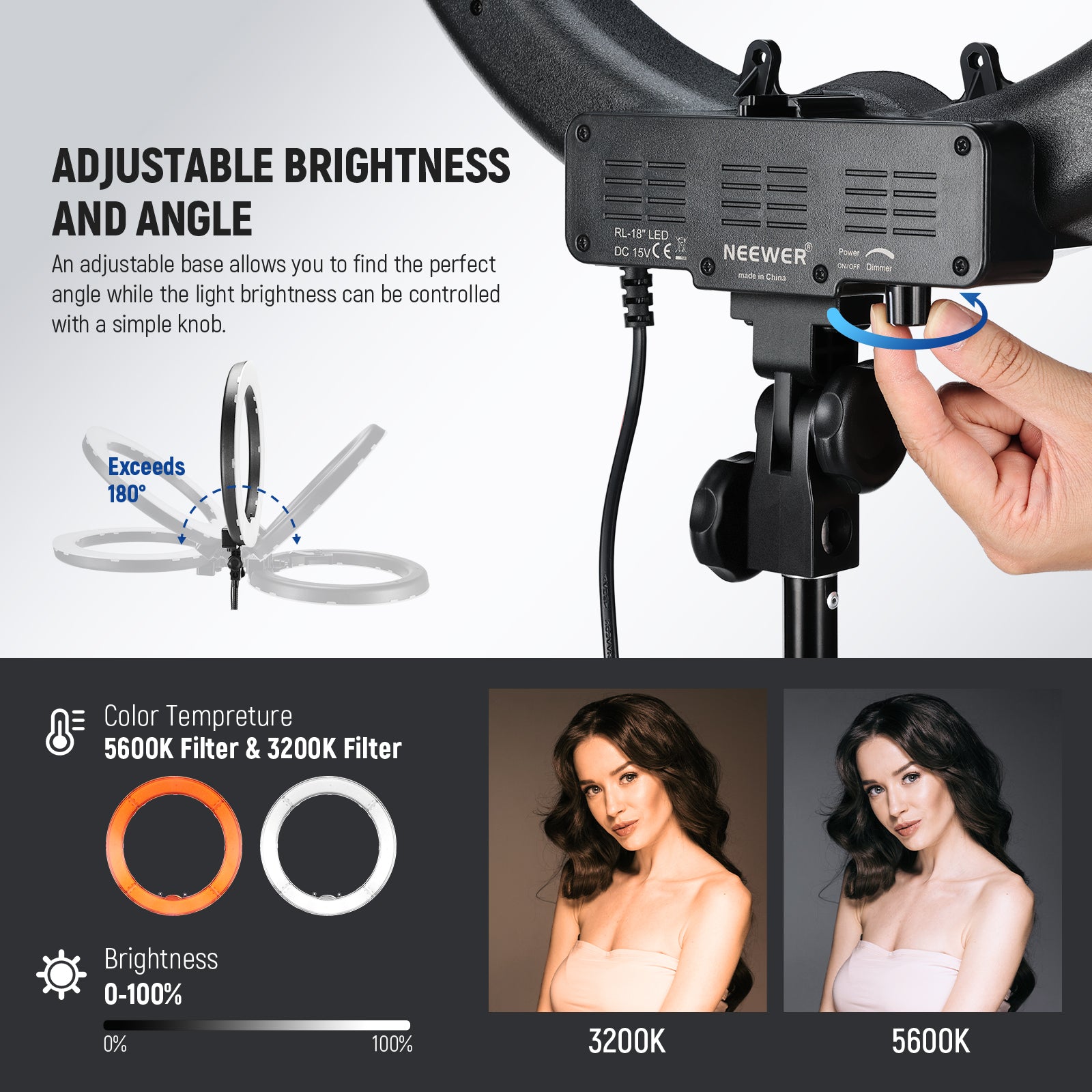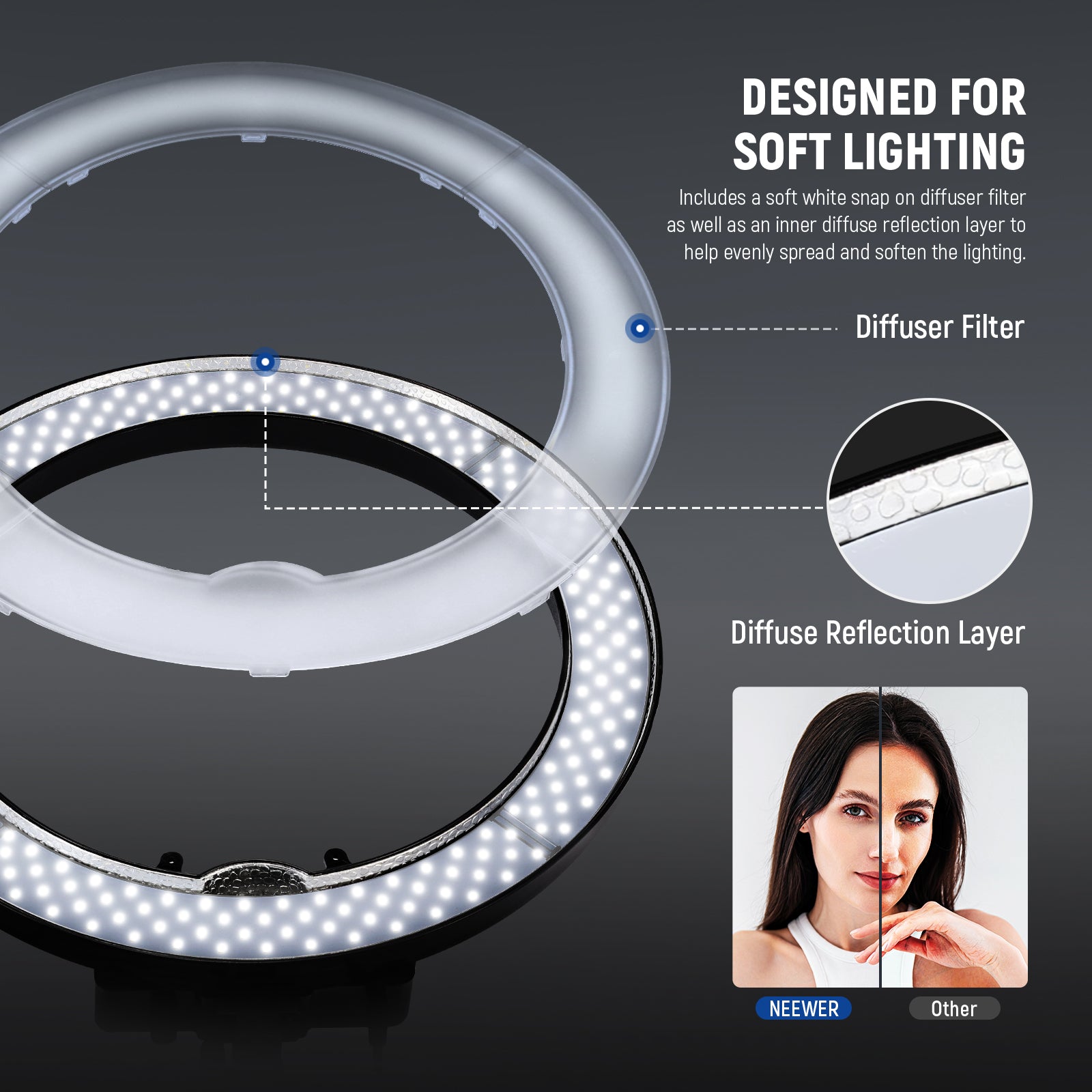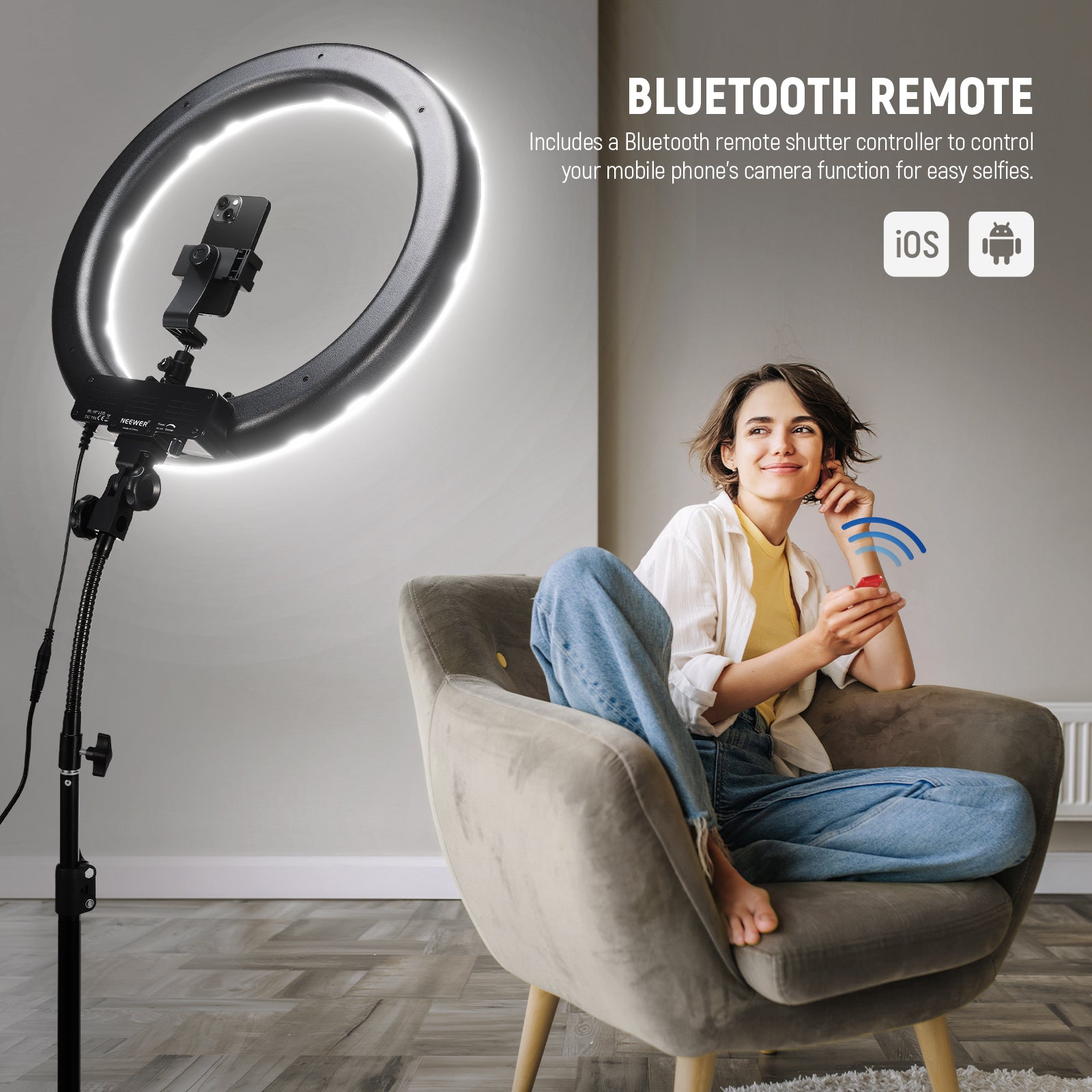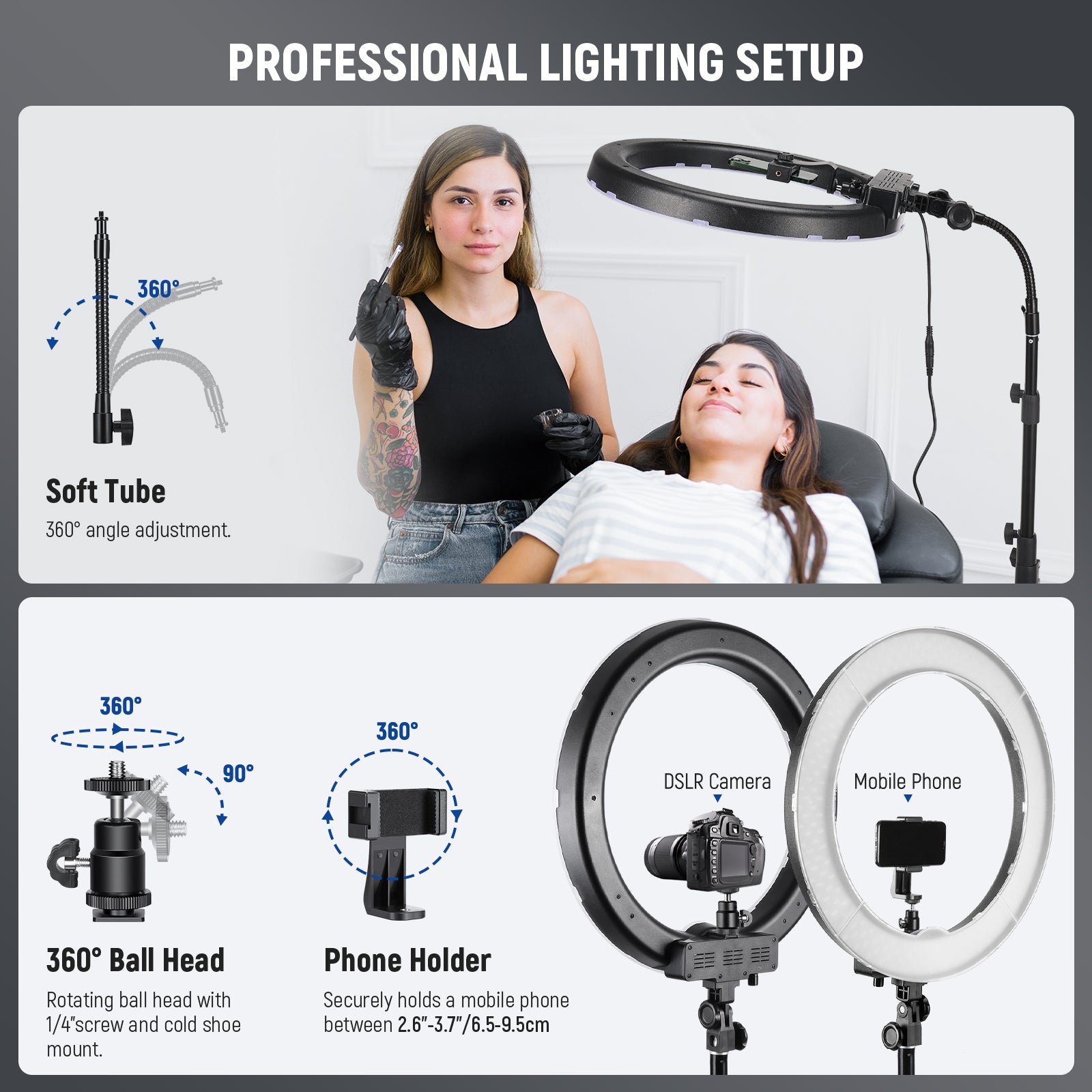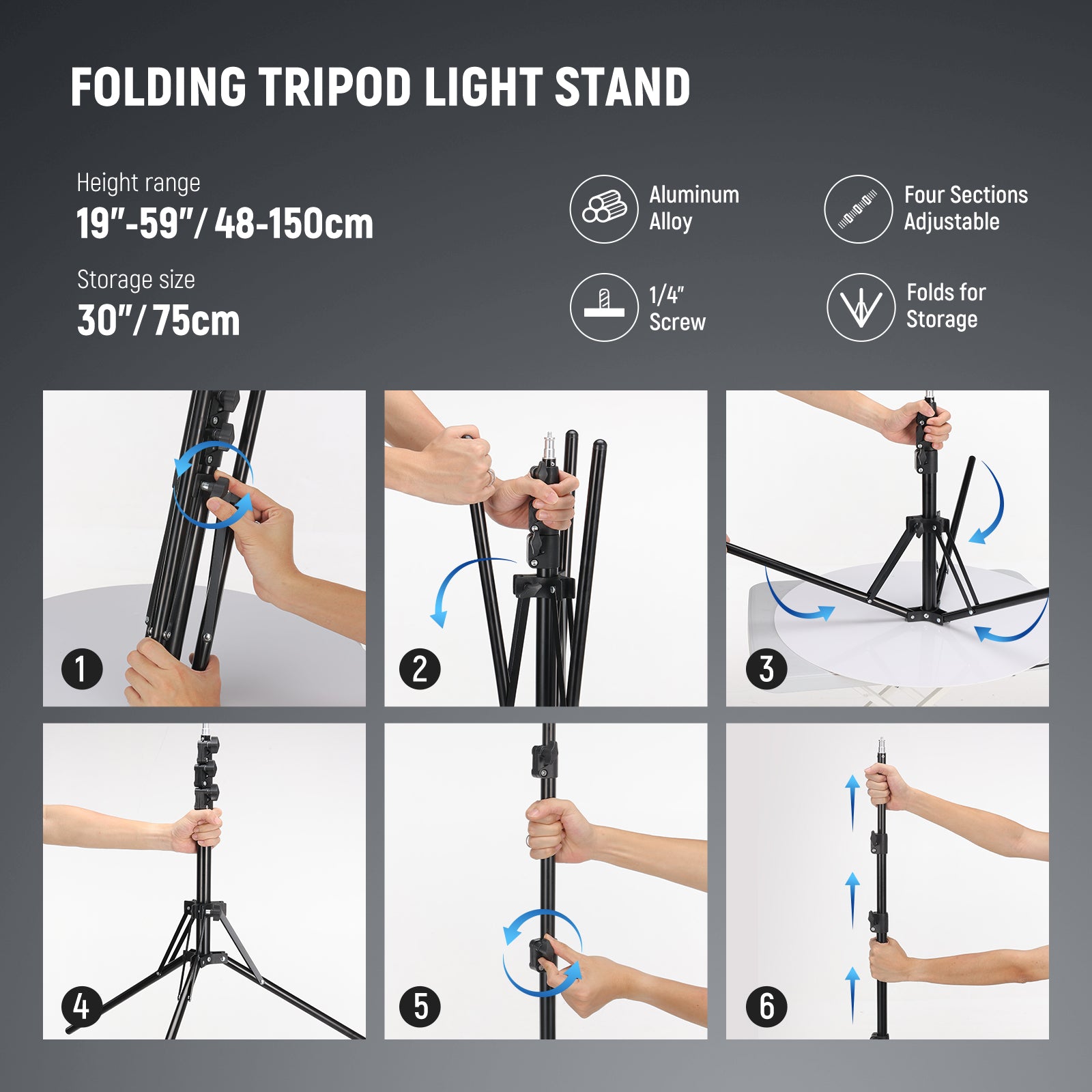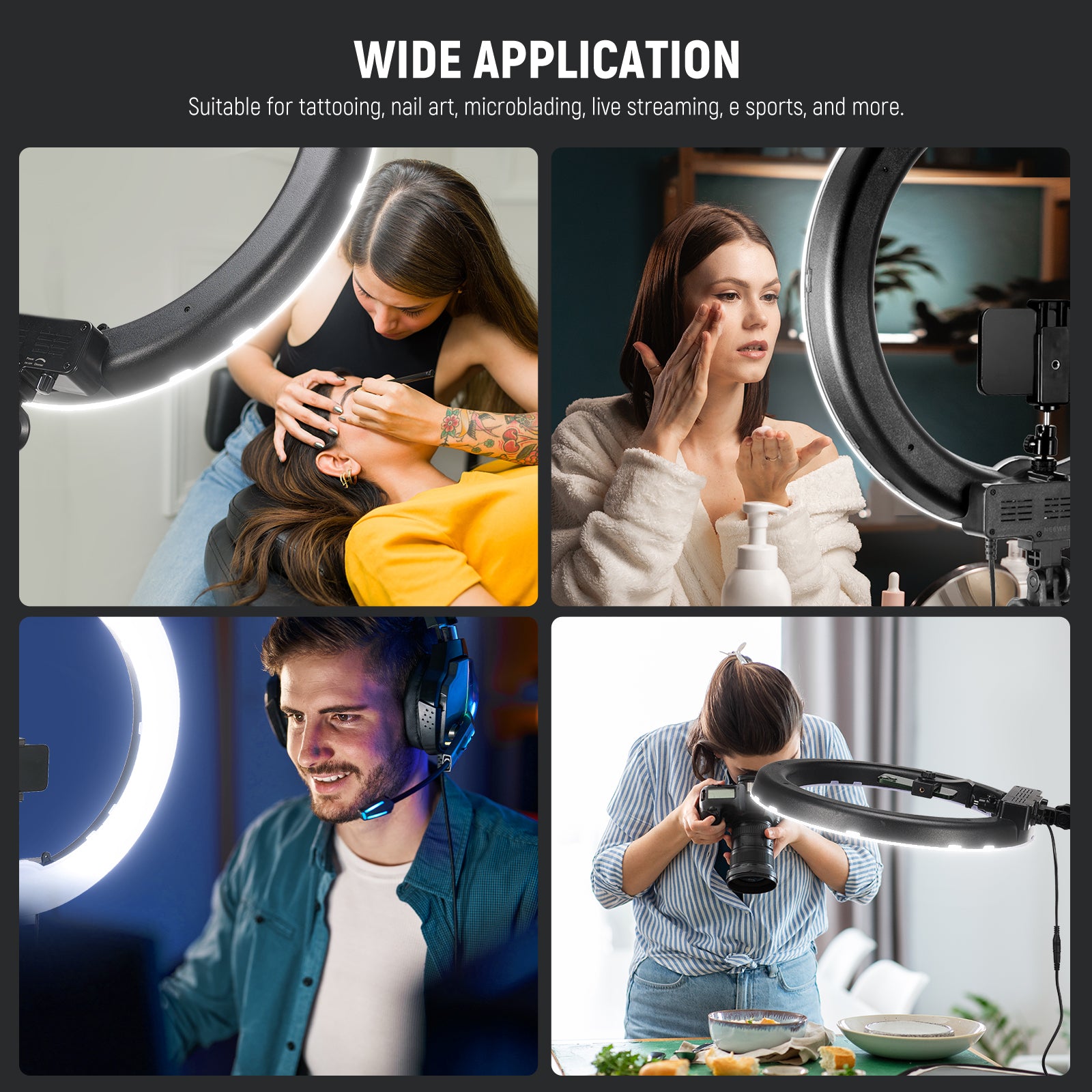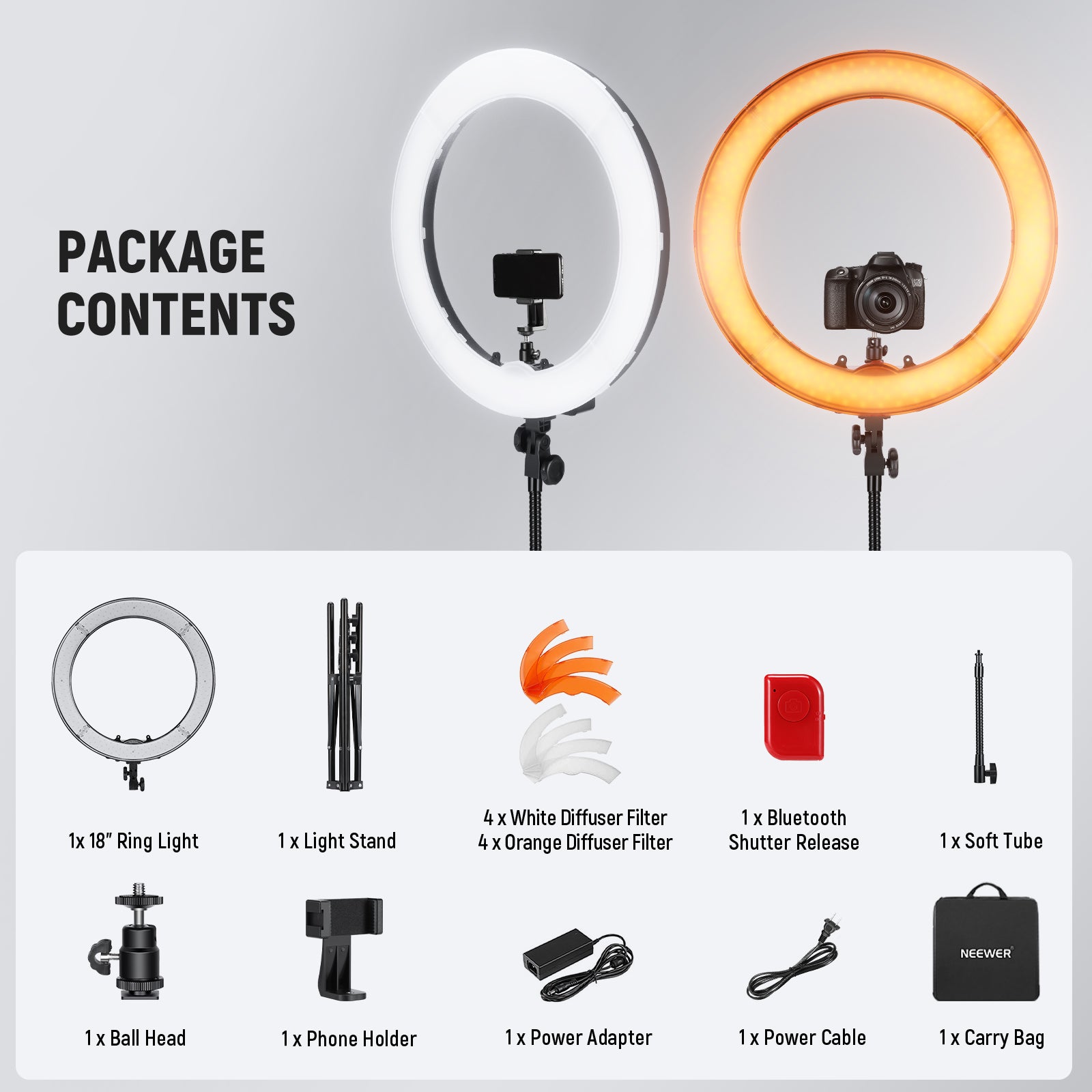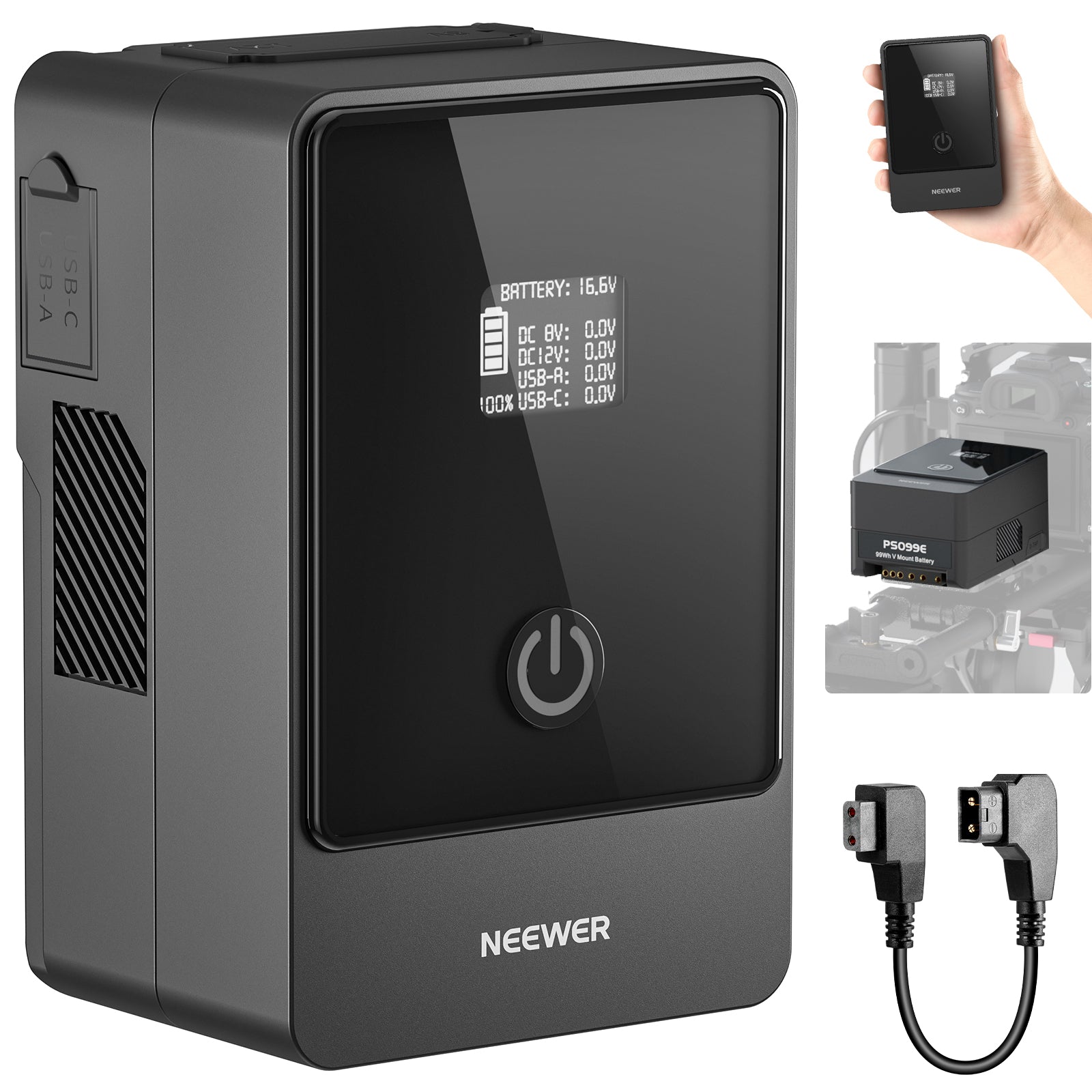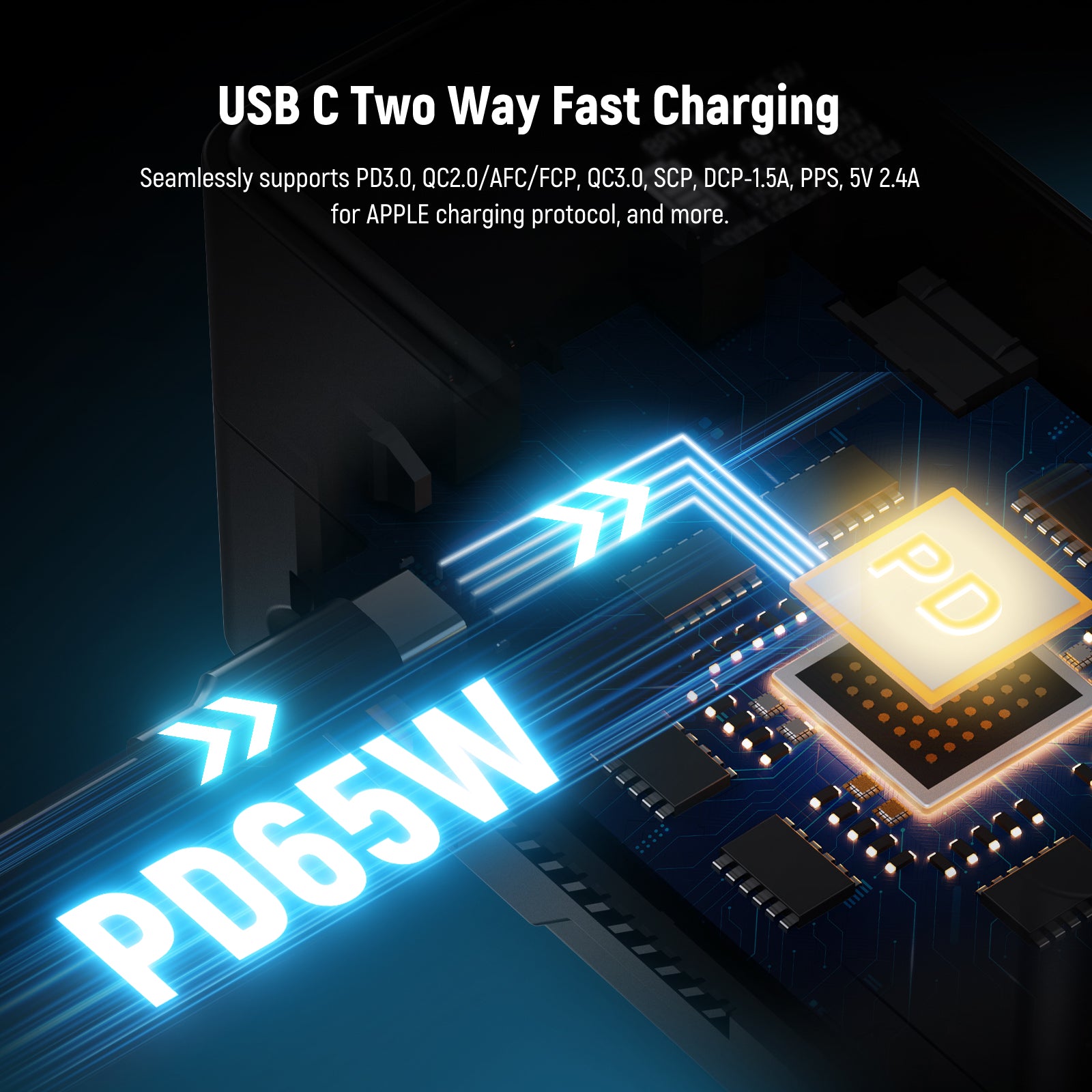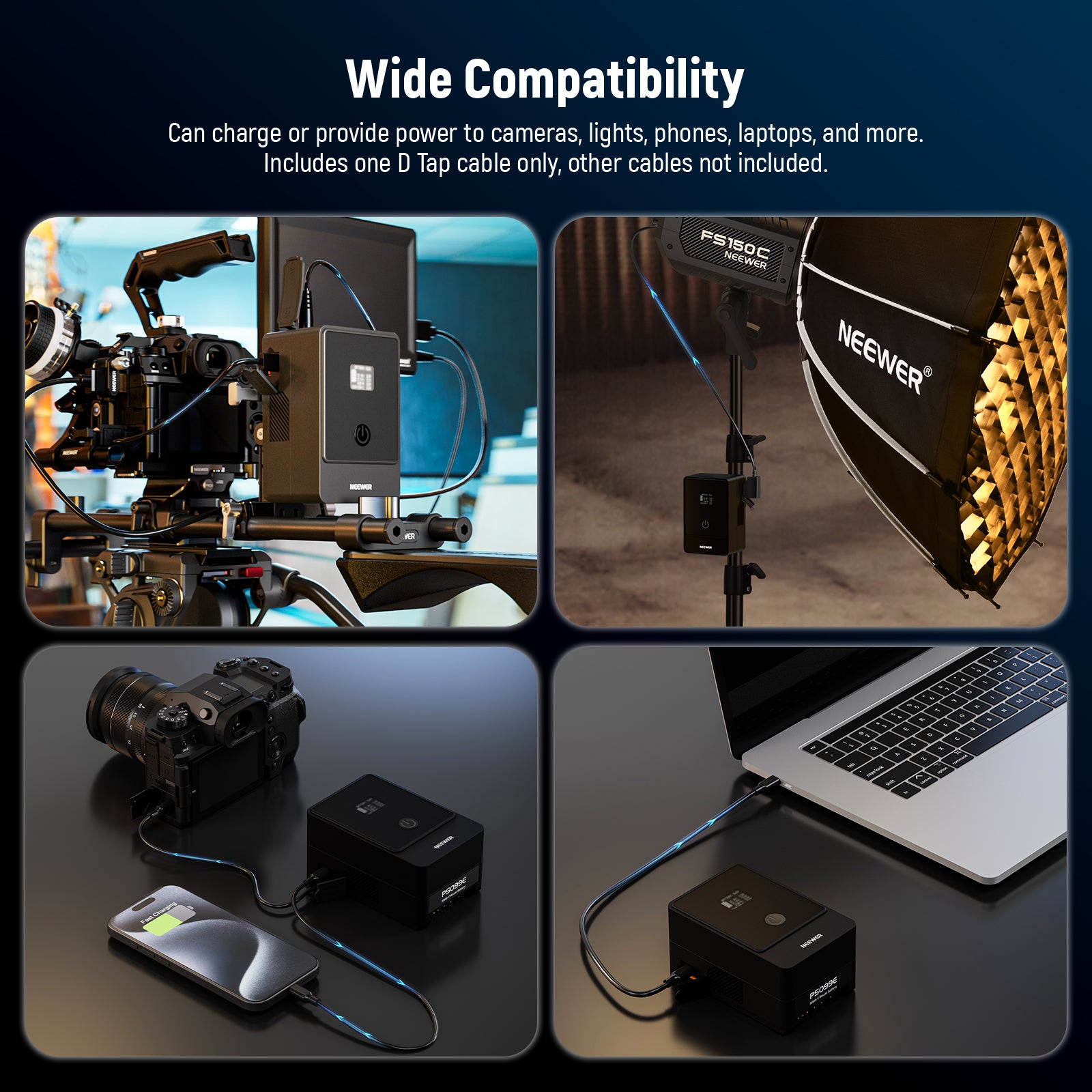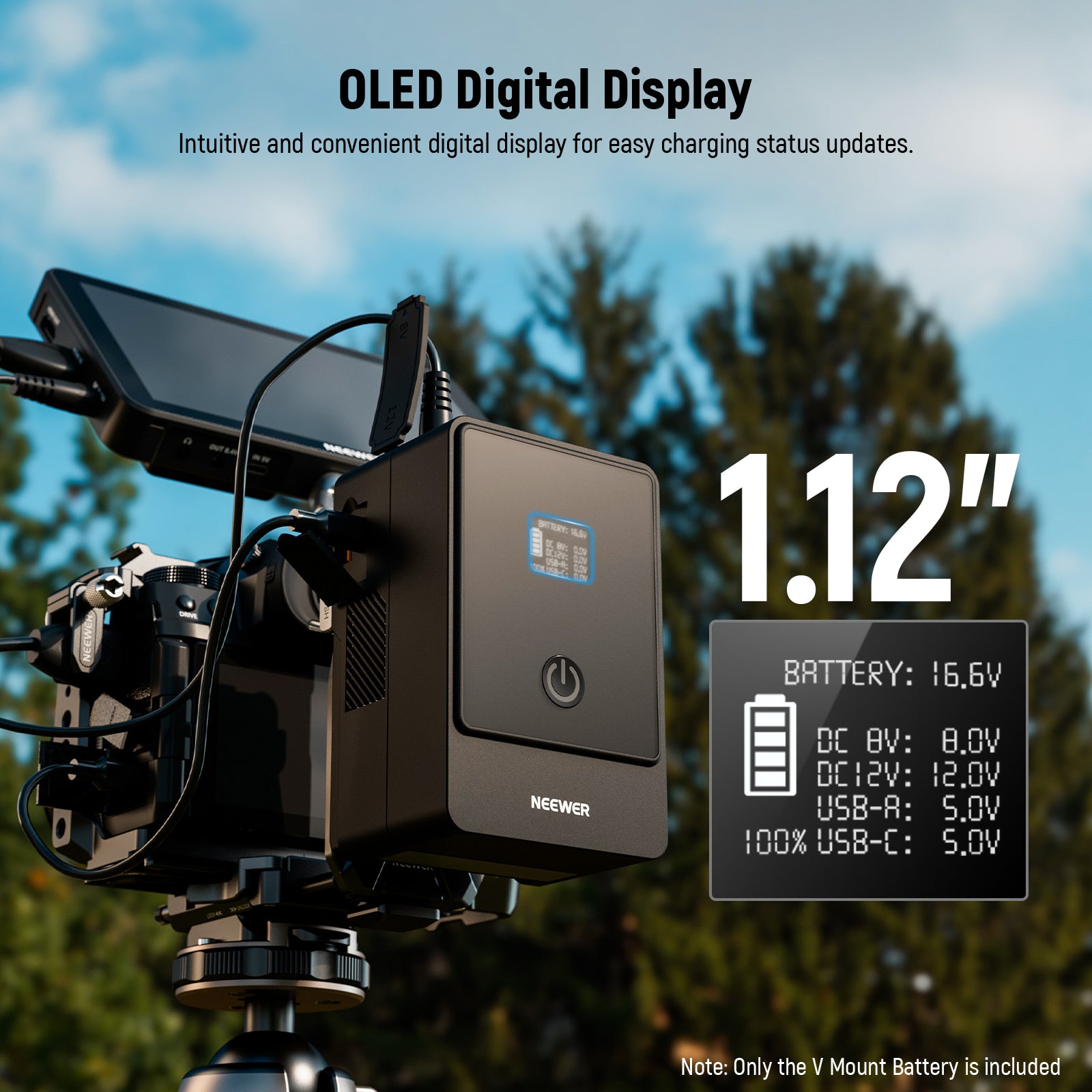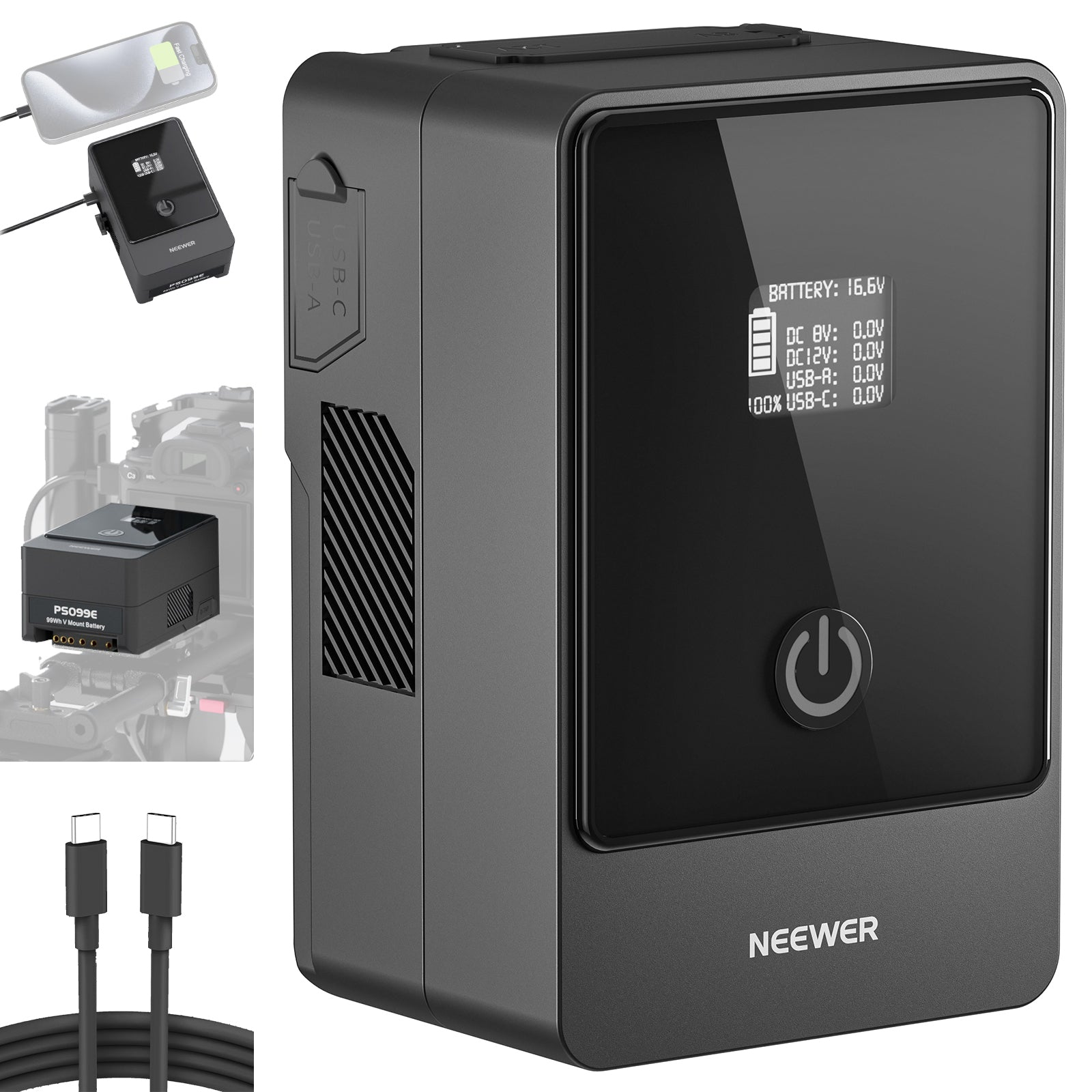Table of Contents
A camera slider is ideal for enhancing cinematic storytelling, creating product videos, and shooting time-lapses. It adds smooth, controlled motion to scenes, making them more dynamic and engaging. For storytelling, sliders create dramatic effects like slow dolly-ins to intensify focus on a subject. In product videos, they showcase items from multiple angles with professional precision, which is ideal for e-commerce or commercials. Additionally, sliders add dynamic motion to time-lapses, elevating their visual appeal with subtle panning or tracking movements.
In this post, we will explore the uses of camera sliders and the difference between sliders and gimbals, which can help you learn more about this photographic equipment.
What Is a Camera Slider?

A camera slider is a piece of equipment commonly used in filmmaking and photography to allow the camera to move smoothly along a fixed rail or track, providing controlled movement to produce cinematic shots. It is a long track supported by a sturdy platform or tripod and a camera attached to a carriage along the track. They are commonly used to create dynamic shots (pans, track shots, dollies) that add a cinematic touch to the videos and improve visual storytelling.
Types of Camera Sliders:
- Manual Sliders: Basic sliders that require the user to push the camera along the track by hand.
- Motorized Sliders: Sliders that have a motor attached to automate camera movements, usually meant for longer-duration shots.
What Is a Camera Slider Used For?

1. Creating Cinematic Motion
Camera sliders enhance the cinematic qualities of videos by allowing for smooth and fluid motion. A slider can be used to create a slow, sweeping pan for a gradual reveal of a character or critical detail during a dramatic reveal. This technique heightens suspense and adds emotional depth to the scene. In wedding videography, the camera slider is often used to capture wide, elegant shots of the venue. For example, the aisle lit by the sun, and the reception area is beautifully decorated. Smooth movement gives the footage a visual impact and a feeling of grandeur. It is ideal for filmmaking in all genres.
2. Adding Depth with Dynamic Perspectives
Camera sliders help introduce dynamic perspectives, adding depth and visual interest to otherwise static shots. A wildlife videographer, for example, might use a slider to track a grazing deer in its natural habitat. The camera's gradual movement mimics the viewer walking alongside the animal, creating an immersive connection with nature. Similarly, architectural videographers can glide their cameras past pillars or through doorways, transitioning seamlessly from one space to another. This technique emphasizes the size and design of the structure, making it feel alive and interactive. By revealing layers within the frame, camera sliders transform flat compositions into engaging and visually rich narratives.
3. Enhancing Time-Lapse Footage
Time-lapse videos become significantly more captivating with the use of motorized camera sliders. These tools allow for gradual camera movement over extended periods, adding dynamic motion to the static beauty of time-lapse sequences. For instance, when capturing the night sky in a desert, a camera slider can move the camera slowly, showing both the movement of stars and the vast, serene landscape. Similarly, urban photographers use sliders to track the transition of cityscapes during sunset, capturing the lights of skyscrapers turning on as the sky darkens. This combination of time and motion creates a mesmerizing effect that enhances the overall impact of the footage.
4. Showcasing Products with Precision
Camera sliders are essential in commercial photography and videography for displaying product details visually. When filming an intricate luxury watch dial, for example, a slider will create a smooth motion that highlights the quality of the dial and strap. In food videography, camera sliders can be used to capture the textures and layers in a dessert, such as chocolate cake, as the camera moves around. This highlights its appeal. These techniques create a more intimate connection between the product and viewers, resulting in a more appealing video.
5. Smoothly Transitioning Focus
When combined with a camera slider, focus pulling becomes a highly effective technique. It allows filmmakers to easily shift the viewer's gaze within a single frame. In a romantic scene, the slider could move the focus from the bouquet in the foreground to the couple behind it, enhancing the emotional impact. In thrillers, the camera may first focus on an object on a desk before moving to a character far away, creating tension and guiding viewers' eyes. These transitions are smoother and dramatic with sliders, which elevate the storytelling experience.
Camera Slider vs. Gimbal
|
Aspect |
Camera Slider |
Gimbal |
|
Functionality |
Provides smooth, linear motion along a fixed track for controlled camera movement. |
Uses motors and gyroscopes to stabilize freeform, multi-directional movement. |
|
Best for |
Cinematic shots, time-lapse, product videography, and controlled environments. |
Dynamic action shots, following subjects, and filming in unpredictable or fast-moving environments. |
|
Movement Style |
Fixed, linear movement for precise panning, tracking, and dolly shots. |
Fluid, freeform motion with the ability to perform sweeping arcs and 360-degree rotations. |
|
Applications |
- Product shots - Time-lapse videos - Cinematic reveals |
- Action sequences - Travel vlogging - Event Coverage |
|
Portability and Setup |
Compact and requires flat surface or tripod support; less portable. |
Lightweight, portable, and minimal setup; ideal for on-the-go filming. |
|
Cost |
More affordable for basic sliders; motorized ones are pricier. |
Generally more expensive, especially for high-quality stabilization and larger cameras. |
Which One Should You Choose?
- Choose a Camera slider if your project involves controlled, repeatable shots, like studio setups, product videography, or cinematic sequences.
- Choose a Gimbal if you need versatile, mobile stabilization for dynamic, action-packed shots or run-and-gun filming.
NEEWER vs. Other Sliders

|
Others |
|
|
Silent Motor |
Loud Motor Noise |
|
Runs Smoothly |
Not Runs Smoothly |
|
Easy To Use |
Complex Operation |
|
Automatic Detection Sensor |
No Automatic Detection Sensor |
|
Light In Mass |
Heavy Quality |

